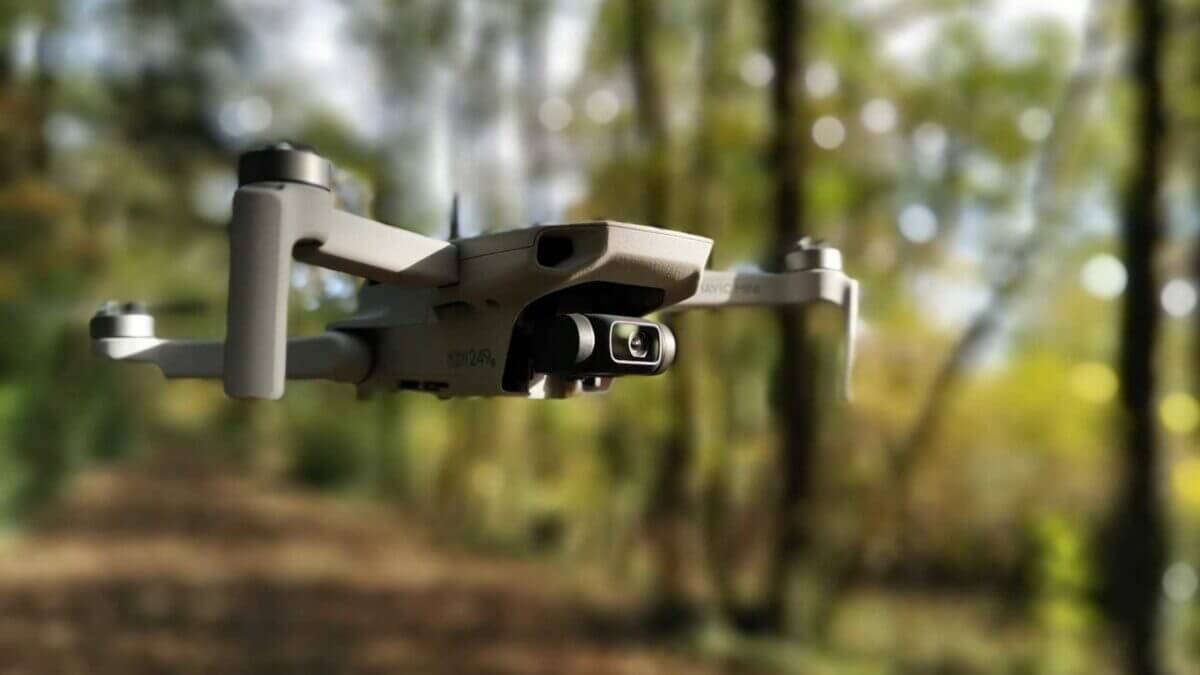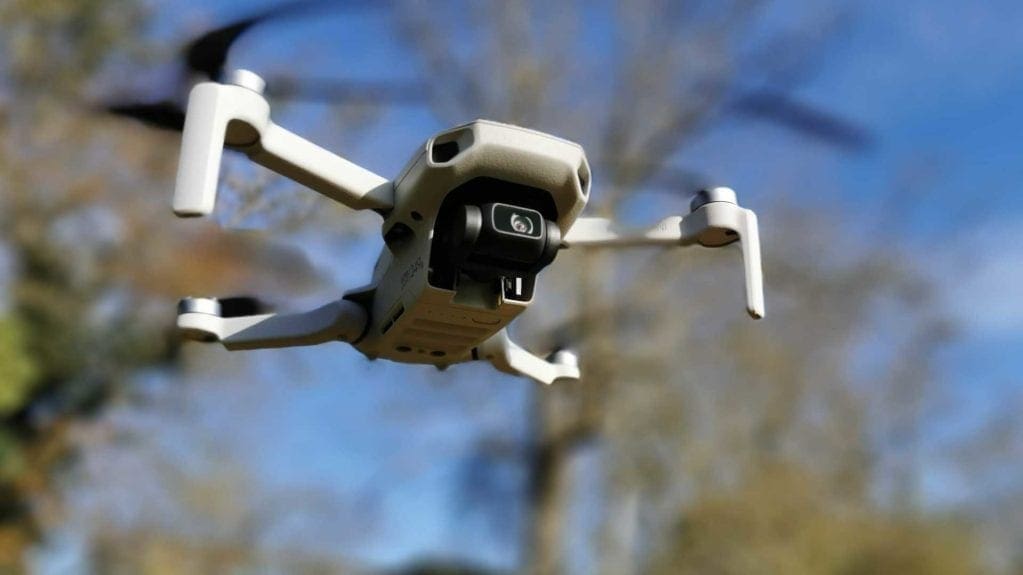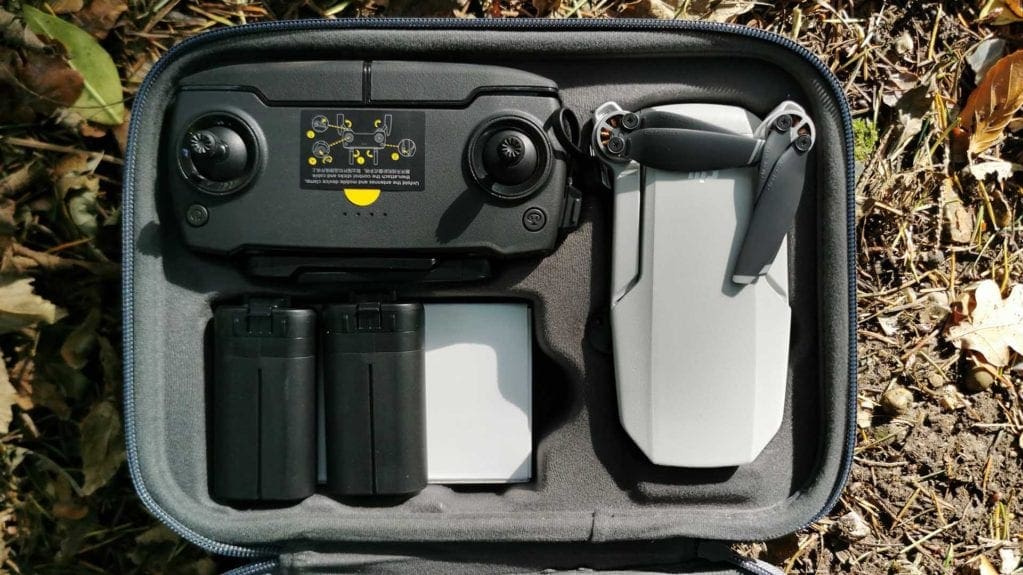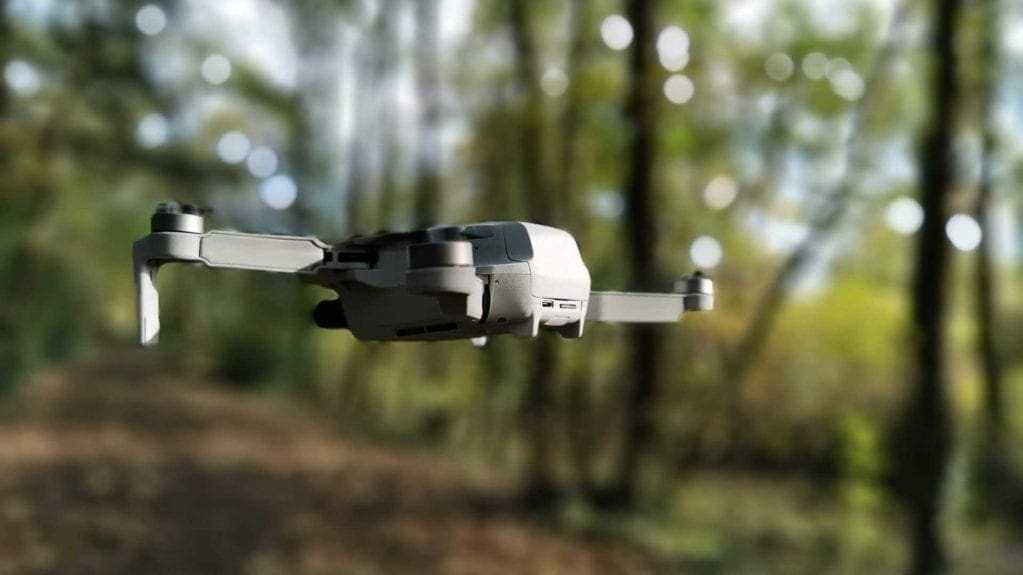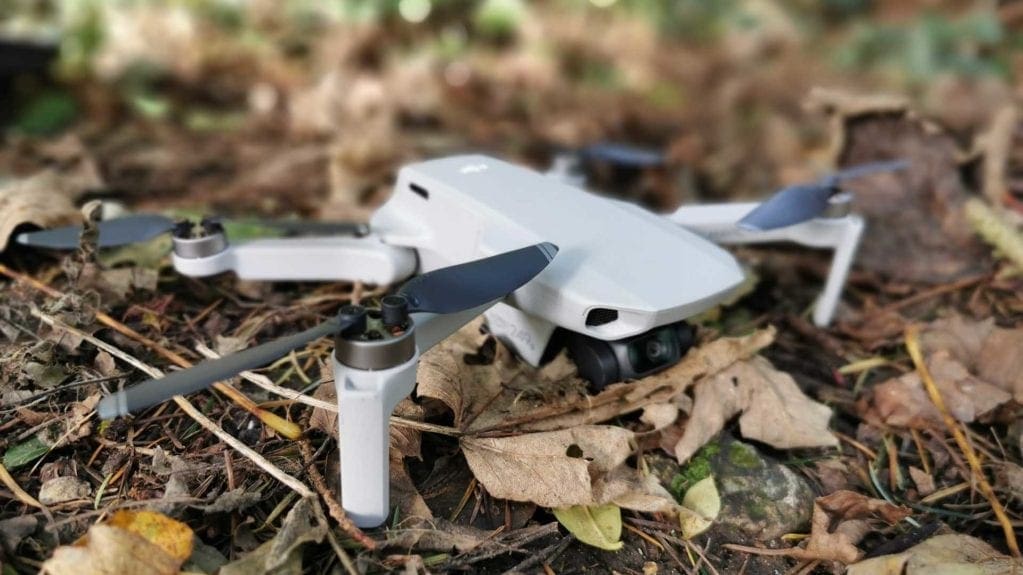DJI has set the standard when it comes to drone build quality, from its cheapest drone, the Spark, through to the professional models.
The Mavic Mini is a testament to DJI design engineers skill with material and feature choices that essentially blast many of the other models in the range out of the skies.
A lightweight plastic body shrouds the electronics, and although it feels marginally less robust than the Mavic 2 Pro and Zoom, it’s still one up on the compact Spark.
What’s even more impressive is that despite the weight loss, the features and imaging potential are still at the forefront.
Unfolding the arms and flipping out the small props shows that DJI know their material choices and while light, it doesn’t feel at all flimsy or even plasticy.
Everything has the usual firm and robust feel, as you flip down the battery hatch you can see where those weight savings have been made with full plastic construction and metal only being used where it’s essential.
Features like quick-release props have been foregone in the quest for weight saving, so if you do unfortunately snap a blade, you’ll need to be a little more hands-on with the repair.
This is no big issue with each blade being individually screwed into the rotor of the motor and easily swappable in less than a minute.
Preparing for first flight with the Mavic Mini
DJI takes staying within the law as well as safety very seriously. As I’ve learnt over the years before heading out, make sure that the drone, handset and App are all updated with the latest firmware.
DJI has a feature which means that unless everything is running on the latest version, then you’ll be grounded. This wouldn’t be an issue if the downloads for those firmware and software updates were small, but some can be quite weighty.
Ensuring that the battery is all fully charged, App is updated along with the handset and drone I’m ready to head out.
Unpacking the small Drone takes seconds, flip and unfold the arms and the drone itself is prepared. Before switch on you need to attach your phone to the handset.
The controller is again made from high-quality plastic, with the two control sticks needing to be bolted in before use. There’s also a cable that needs to be used to connect the phone and controller to enable the livestream and control from the App.
There are several cables in the box dependent on the type of phone you have, and I must admit fitting this through the controller and into the base of the phone was a bit of a challenge. The cable is only just long enough.
This may have something to do with my choice of phone, which is a Huawei P30 Pro, just at the limit of what will fit within the controller’s arms.
After a few minutes, I had everything connected, loaded the App, powered on the controller and then the drone.
After flipping through the Apps screens, I was ready for the first flight.
As ever before flying and using the App you need to log in with your DJI account, again something to run through in the comfort of your own home rather than in the field.
On the front of the drone is a small protective shield that protects the small camera; this needs to be removed before flight.
On the home screen of the App there’s a simple launch button, tap this, confirm, and the props spin and the Mavic Mini launches to 1m above the ground.
As default, the drone on test was set in the Position mode, which enables those new to flight to get the hang of the drone and its control before unleashing the full power.
Video and stills can be controlled through the App, or there are a couple of direct controls on the handset, which makes things easy.
All video and stills settings can be accessed through the App, and the quality options are easily accessible and adjustable.
The first flight proved that while some of the features such as object avoidance have been stripped from the Mavic Mini, it’s still a very competent drone.

